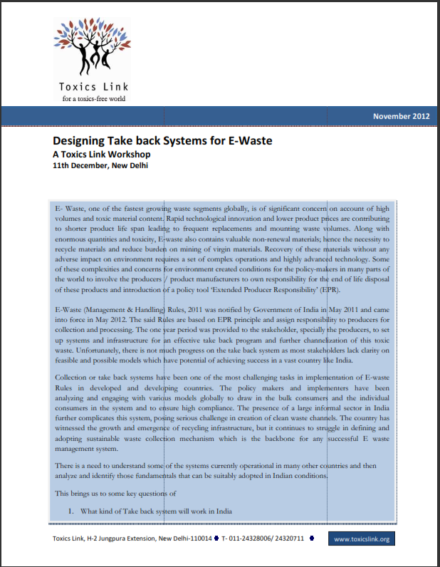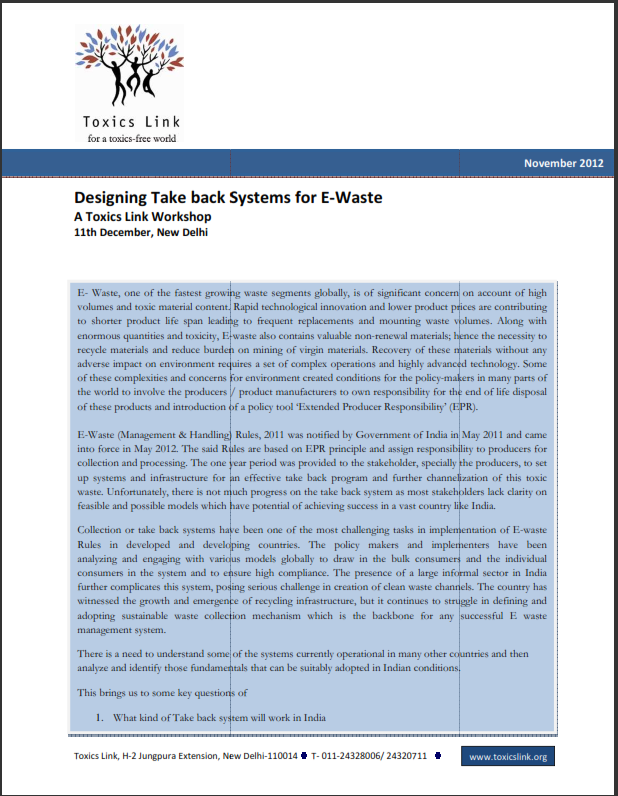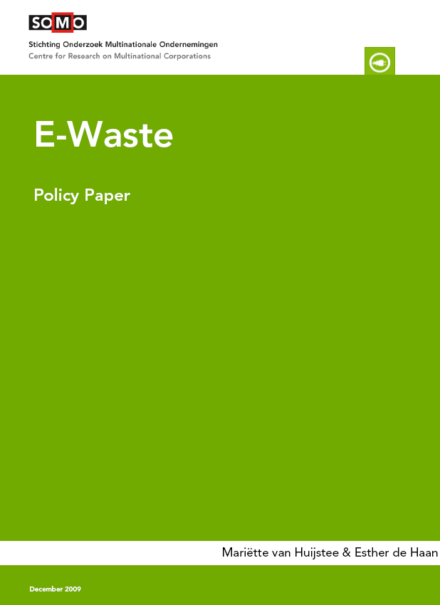Within many households, old electronics remain unused until being thrown into landfill. However, these devices contain precious raw materials such as gold and silver – a circular economy approach would enable greater recovery of these.
As the number of electronic products increases, raw materials are becoming increasingly scarce. After an assessment of 54 raw materials found within electronics, the European Commission has classified 20 as particularly critical. This assessment is based on the vulnerability of supply and relative economic importance of materials. With magnesium, cobalt and tungsten being listed among the most critical.
A circular approach would enable greater reuse of critical raw materials (CRMs). Thereby reducing the dependency on the supply of raw materials. However, this will require encouraging consumers to recycle, as well as developing resource efficient processes of recovering CRMs from e-waste.
The EU Critical Raw Materials Recovery Project, a €2.1m project led by WRAP, aims to address these issues. Within this, WRAP is investing in a range of e-waste collection trials and working with retailers to develop take-back and leasing services. As a result, the hope is this will increase the amount of CRMs which end up back in circulation.
Read the full article “The gold, silver and precious metals hidden in our homes”.






